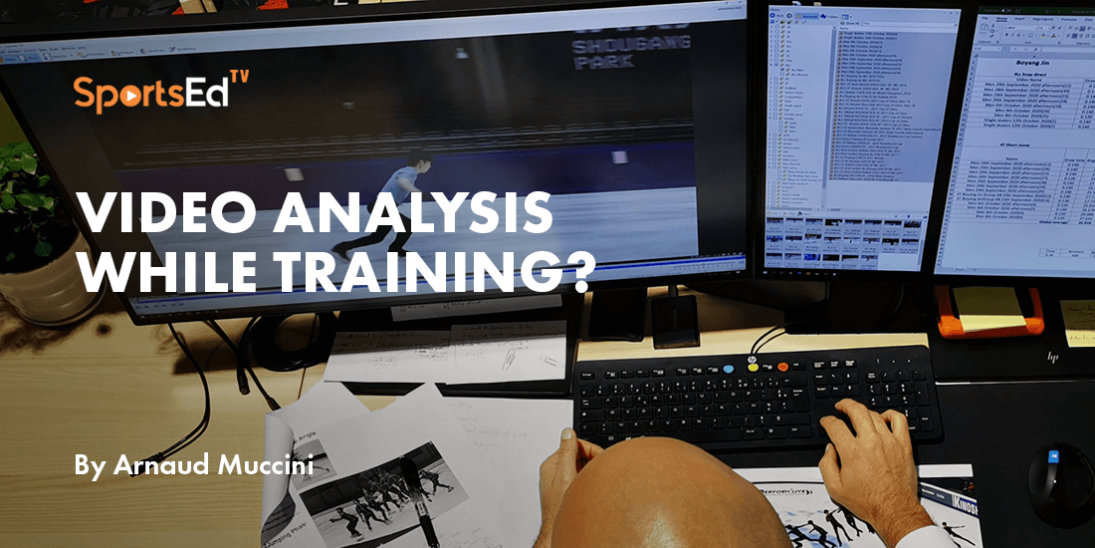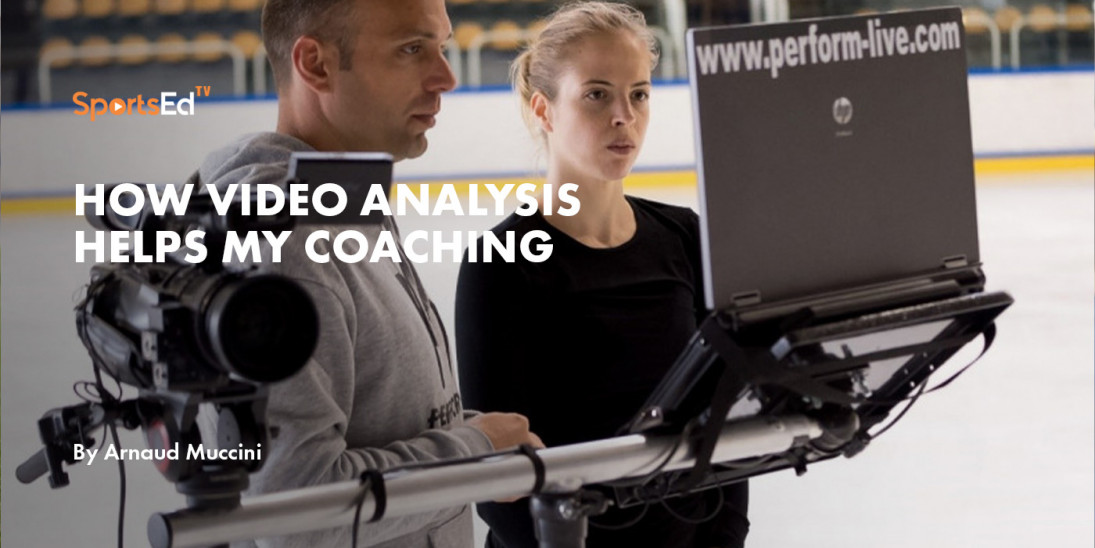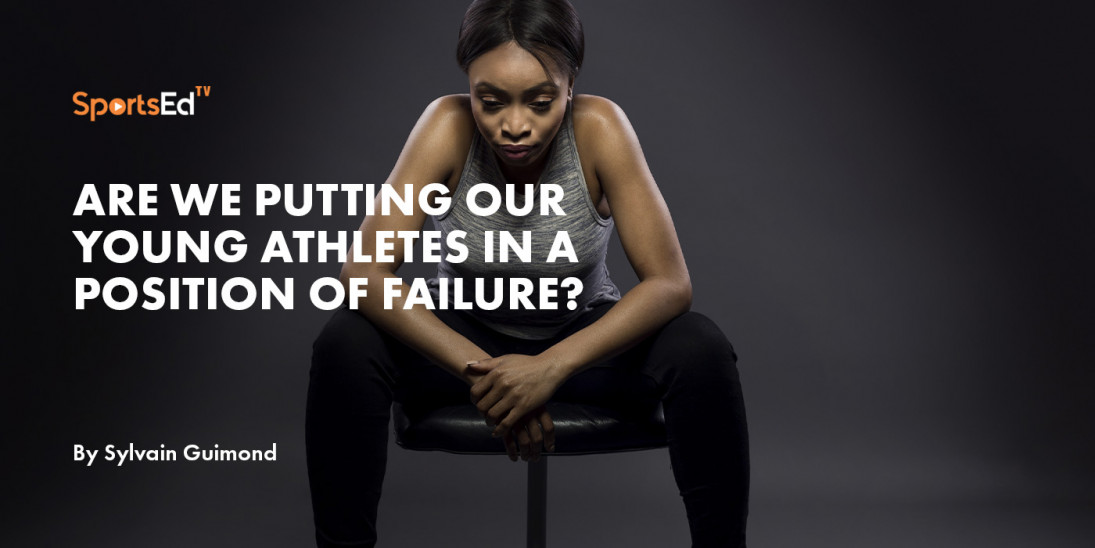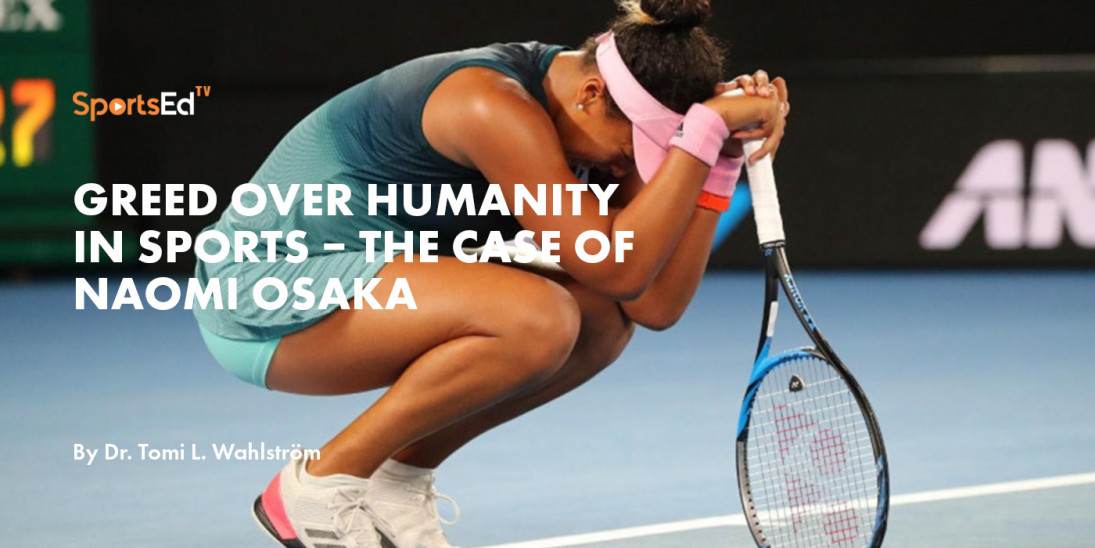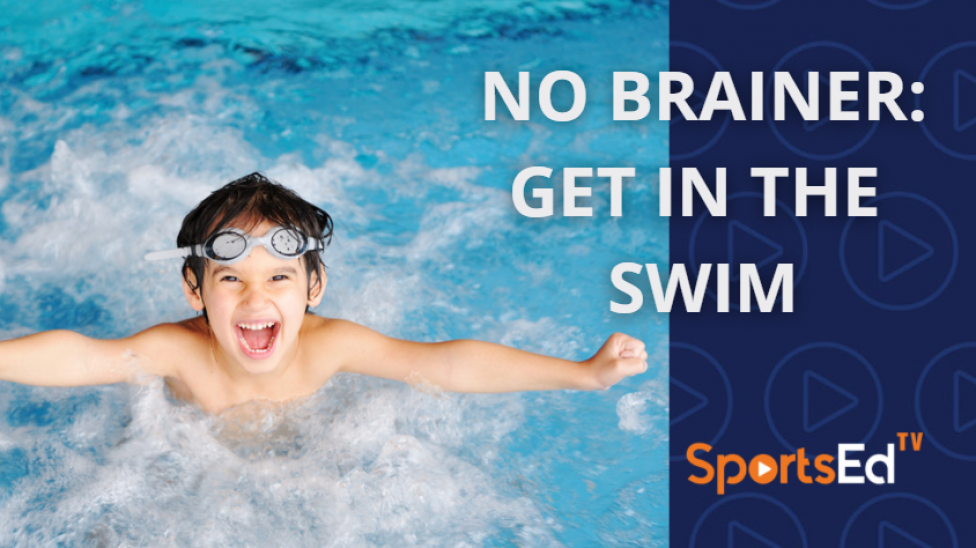Mental Health
Welcome and thanks for visiting...

How to Use Video in Figure Skating
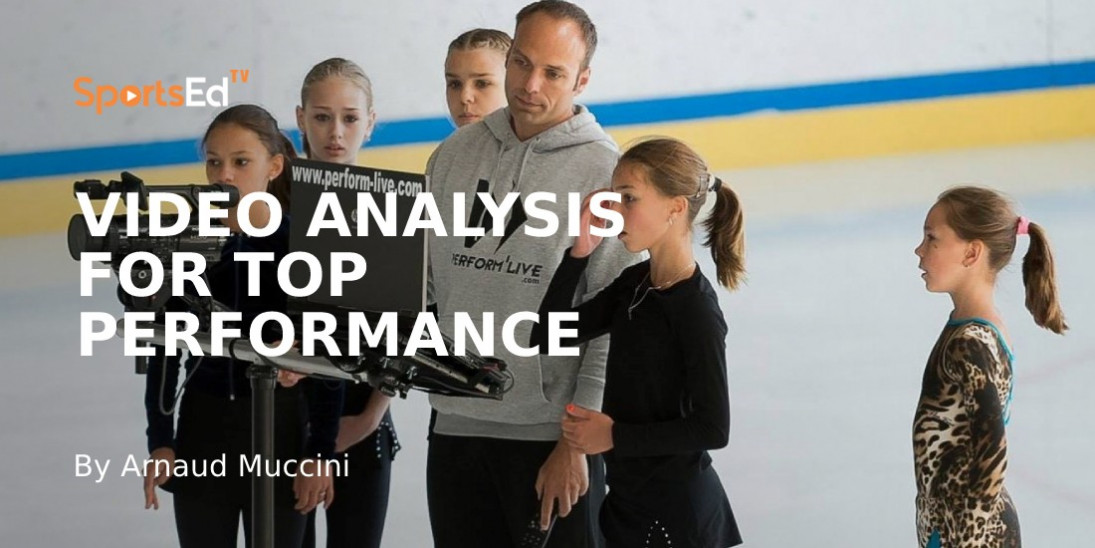
Today, we are surrounded by videos from various social platforms.
Since competition organizers, began broadcasting most sports events internationally and even regionally my video analysis software became the cornerstone of my work.
As an expert in video analysis, it's a fantastic source of new input for my video library or database. Naturally, videos must be edited and cut.
In figure skating, there are different programs the skater is performing with different durations. Depending on the event, there's no need to keep the whole program and the competition, or you need to get a massive amount of storage into your computer. It is better to cut the exciting part you are interested in.
I admit I keep all major international events for many years, so, yes, I invested in massive storage.
Taking the case of a jump, the air time of a triple jump is around 0.5 seconds. So, you edit and get a video clip that lasts 10s due to the jump's preparation and exit. Recording other technical elements like lifts or spins are also helpful to work for single and pair skating.
Using a clear and effective tagging system like Dartfish allows me to quickly find any videos I need to make a side-by-side comparison. This point is essential, especially when you make a lot of analysis.
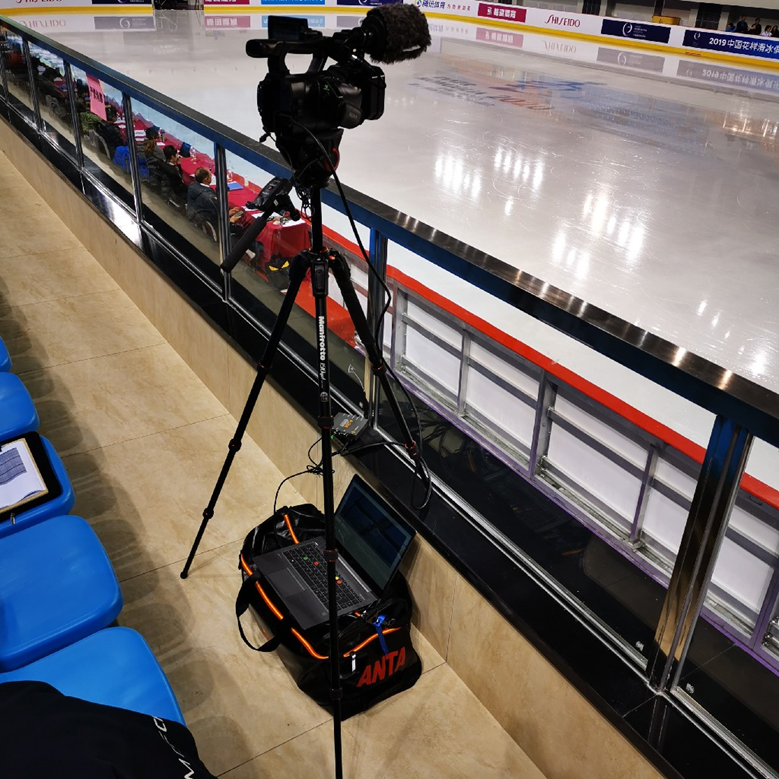
The camera angle is crucial. Sometimes, the broadcaster does some artistic shots. No idea why!! But it's not a loss. You can use these videos to demonstrate a specific movement. Luckily, getting lots of clips enable me to answer the particular needs of my skaters.
Each skater is unique, and it exists different techniques with lots of move variations. Having almost 5000 videos clips helps show the closest, right, and effective moment to my athletes.
The camera angle and the quality of execution of the jump determine if I'm going to analyze and add the new data to my database. There's preparation work to do so.
One of the coaching qualities I appreciate is an open mind. Often, we've got some bias, primarily due to our background or experience. It's easy to say change this or that without any clue if it's the source of the problem. Having a tremendous amount of video is a huge benefit to finding out if it's the origin of the problem or not.
From a biomechanical point of view, you must accept the difference between each skater. One specific technique cannot fit everyone, or it needs some adjustments sometimes.
Video is a fantastic tool to monitor and follow up performance. Film your athlete, work with him, for one month, for example, film him again, you should spot differences. Even more manageable if you compare his performances.

